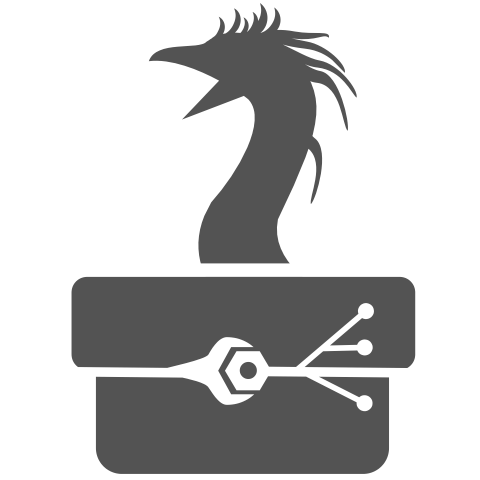 |
Quetzal-CoaTL
The Coalescence Template Library
|
 |
Quetzal-CoaTL
The Coalescence Template Library
|
Extended Newick format expands beyond the traditional Newick notation by accommodating explicit phylogenetic networks. This extension enables the encoding of complex relationships that go beyond the simple hierarchical structure of phylogenetic trees.
In phylogenetic networks, nodes can signify either divergence events (cladogenesis) or reticulation events, such as hybridization, introgression, horizontal gene transfer, or recombination.
To represent reticulation events, the nodes are duplicated and annotated by appending the # symbol within the Newick format. These duplicated nodes are sequentially numbered, starting from 1, to maintain clarity and organization within the representation.
Input
Output